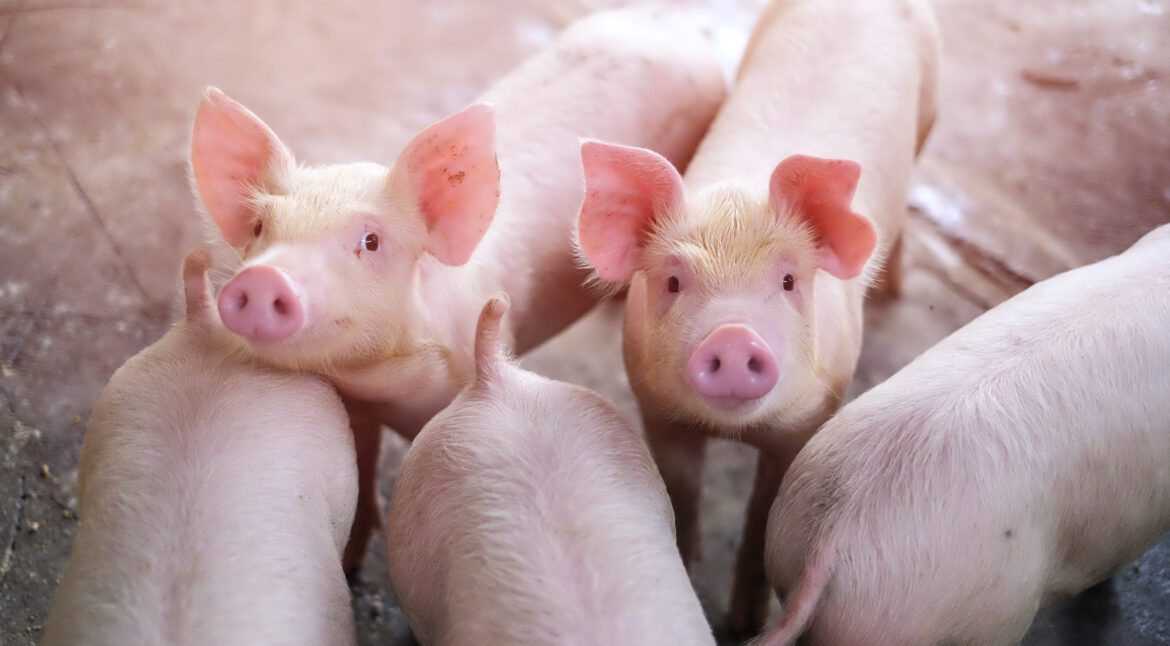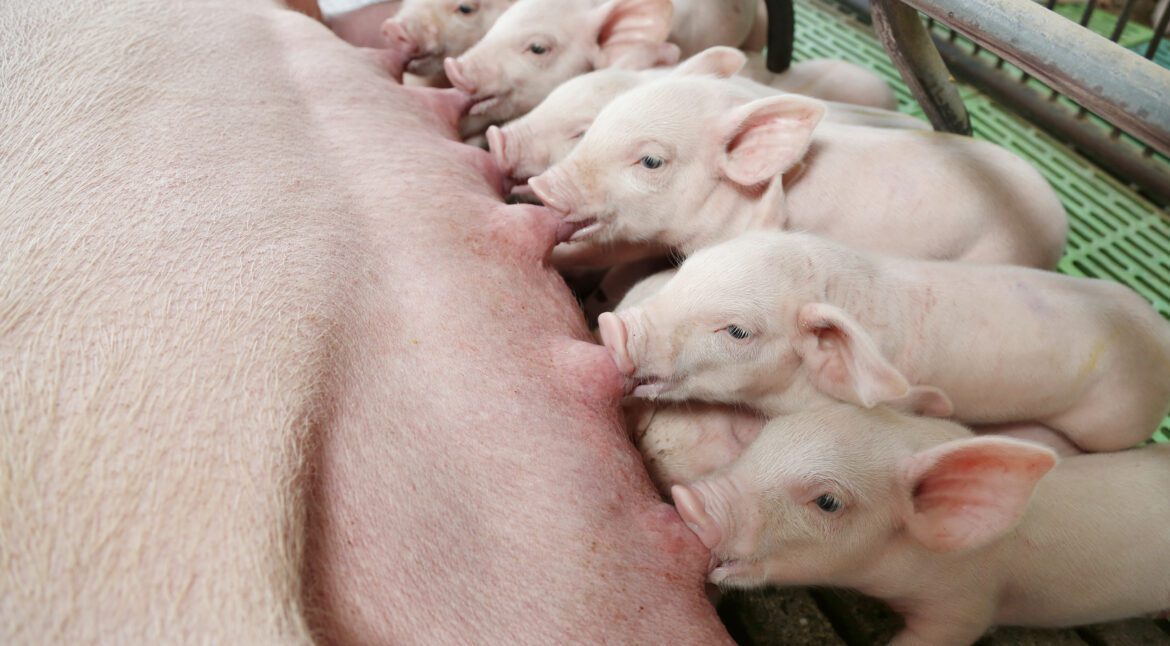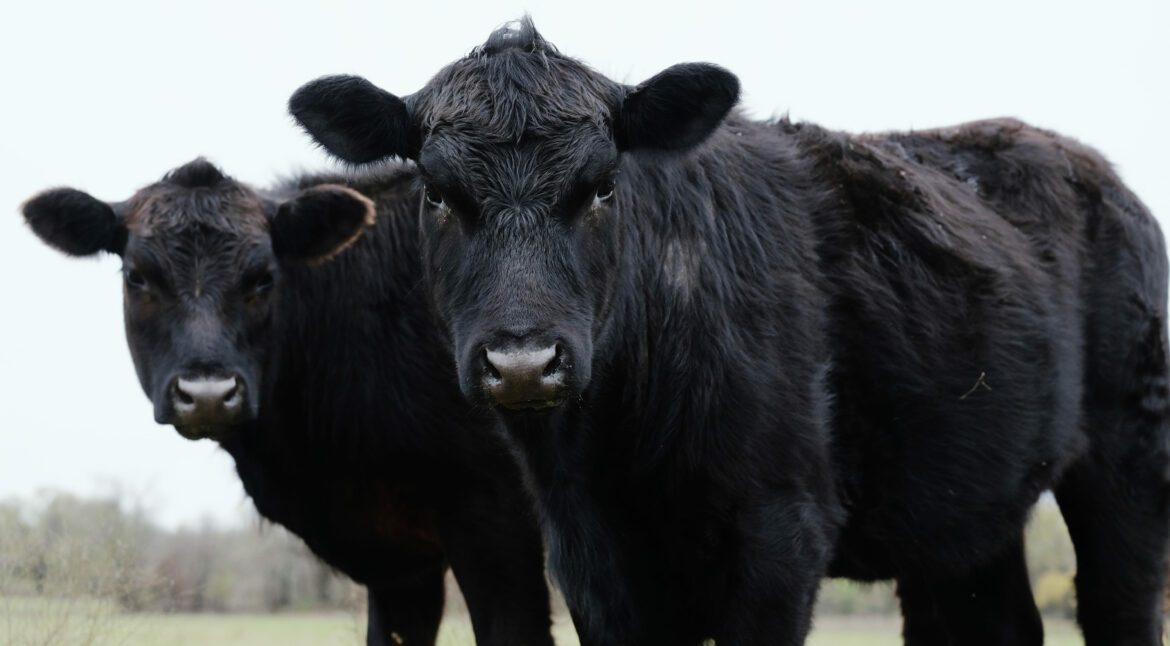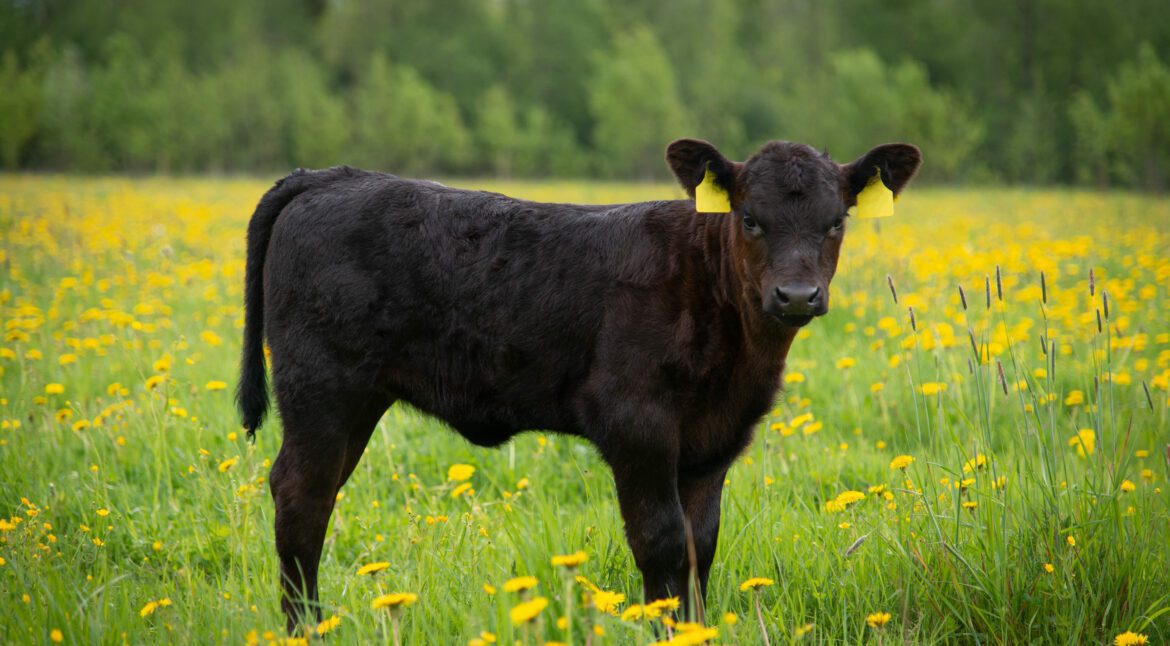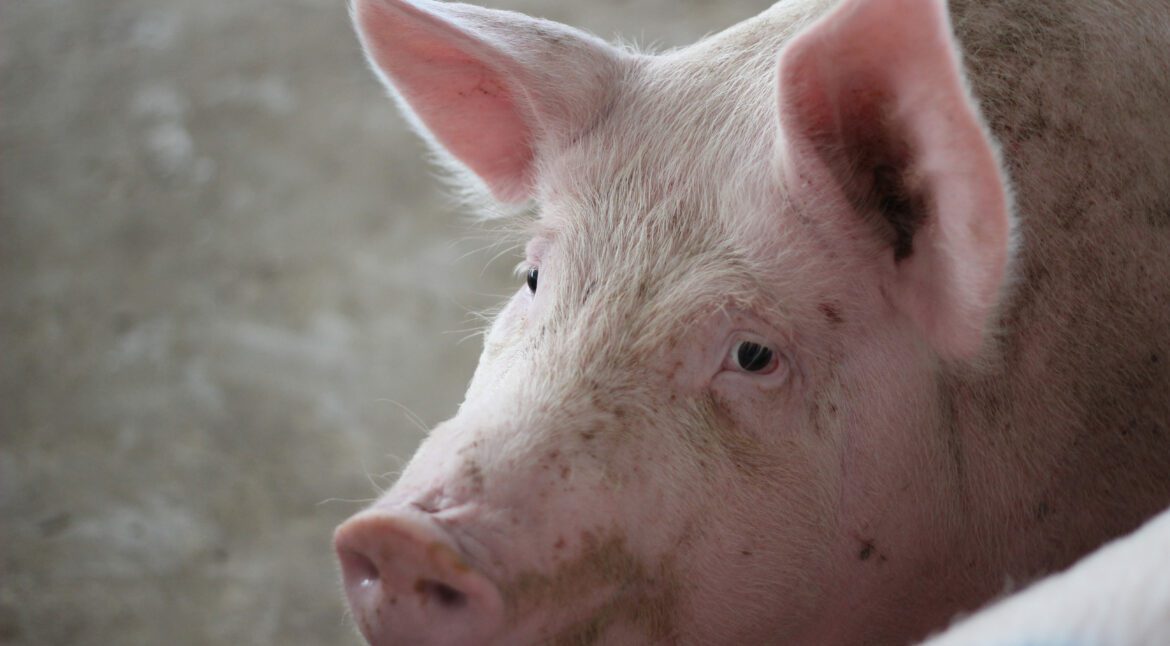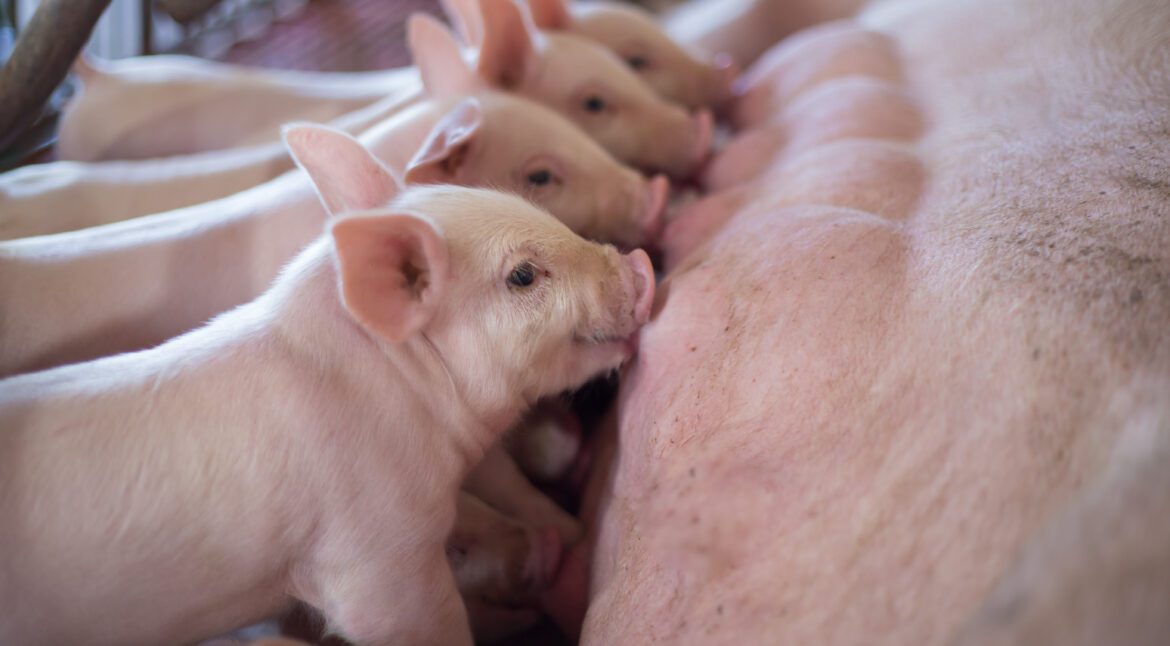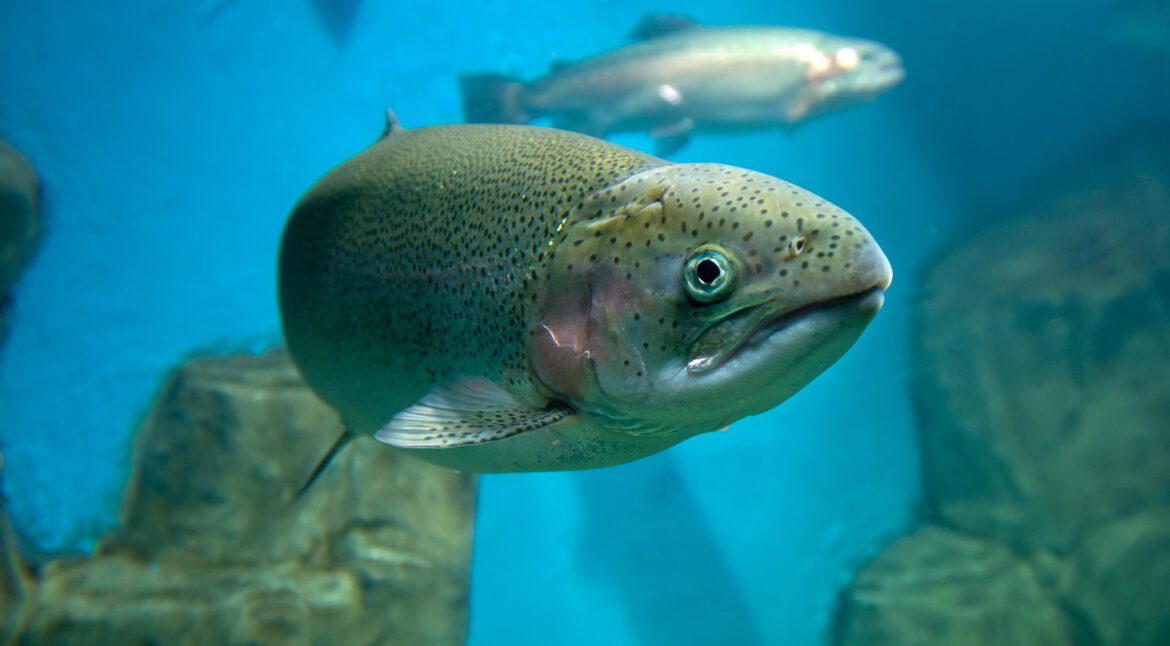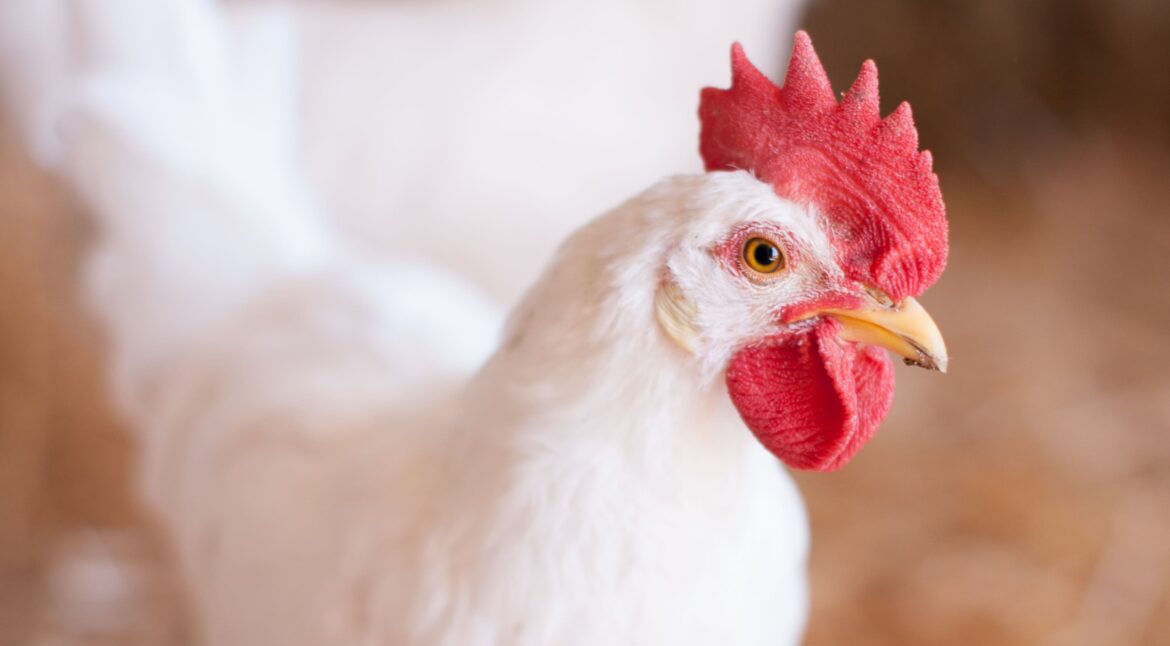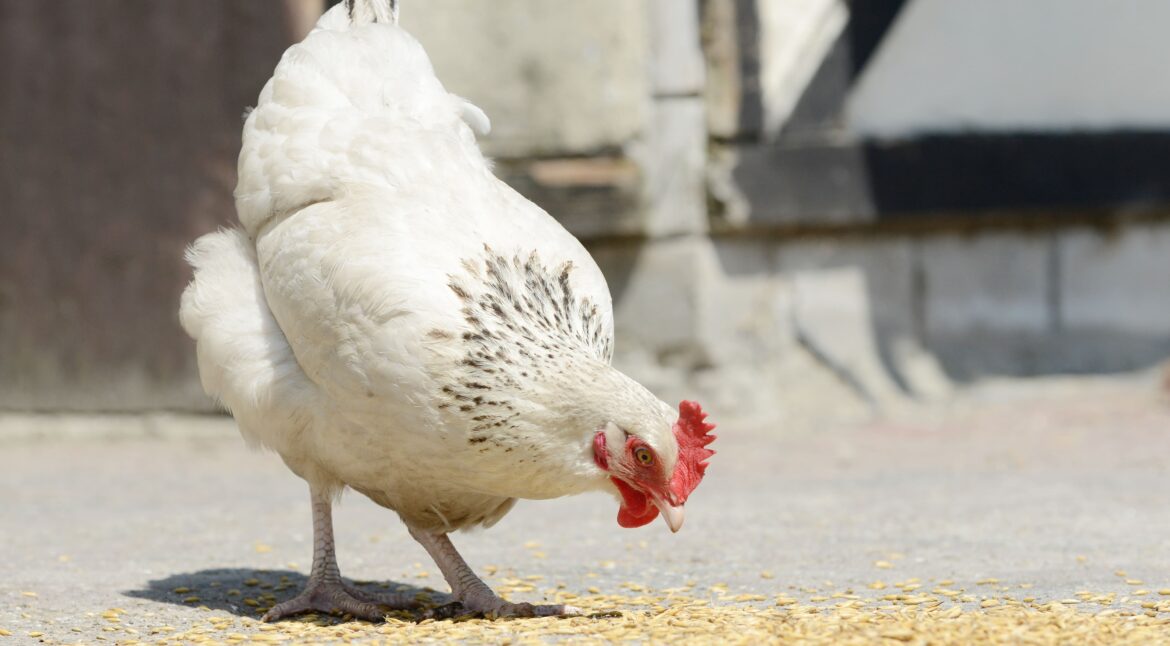RESUMEN: Olives are a rich source of compounds with antioxidant and anti-inflammatory activities. This study was designed to investigate whether a standardized olive cake extract was able to alleviate oxidative stress, inflammation and intestinal villus damage in a model of lipopolysaccharide (LPS)-challenged piglets. Thirty weaned piglets (6.9 ± 0.9 kg)…
RESUMEN: The addition of a sensory additive to sow diets during the summer improved feed intake during lactation, and litter performance. The aim of this study was to evaluate the impact of the sensory additive on sow lactation performance during cooler temperatures. Three consecutive groups (n = 61 total) of…
RESUMEN: Twenty unweaned Angus-Holstein calves (44.1 ± 2.0 kg; 14.7 ± 0.63 d) were used to evaluate the effects of feed restriction and fasting on energy balance (serum concentration of glucose, BHBA, and NEFA), and intestinal permeability (serum concentration of citrulline, Cr-EDTA, lactulose, and D-mannitol). Calves were randomly assigned to…
RESUMEN: In-vivo assessments of intestinal permeability can be expensive and time consuming. Additionally, the correct choice of test molecules to use and the optimum sampling time under fasting situations needs be optimized. Fifteen unweaned Angus-Holstein bull calves (44.1 ± 2.0 kg and 14.7 ± 0.63 d) were randomly assigned to 1…
RESUMEN: Intensification of pig production has increased the exposition of animals to stressful conditions that might be detrimental to their welfare and their productivity. Some of the most common sources of stress in pigs are extreme thermal conditions (thermal stress), density and mixing at housing (social stress), or exposure to…
RESUMEN: Heat stress produces a wide range of negative consequences, some of them with long-lasting effects. When livestock are subjected to this environmental stress, it can be detrimental to health, well-being, and performance. Setting up multiple strategies before heat stress strikes is crucial.
RESUMEN: Sow feed intake during lactation is crucial to the maintenance of sow body condition, milk production, and litter performance. Loss of body weight or condition during this time could compromise future reproductive performance. Two groups (n = 52 total) of breeding age gilts and sows were used to evaluate…
RESUMEN: This study aimed to characterize amino acid sensing systems in the gastrointestinal tract (GIT) of the carnivorous fish model species rainbow trout. We observed that the trout GIT expresses mRNAs encoding some amino acid receptors described in mammals [calcium-sensing receptor (CaSR), G protein-coupled receptor family C group 6 member…
This study aimed to investigate an experimental procedure of coccidial challenge in battery cages and the anticoccidial effect of a bioactive olive pomace extract from Olea europaea (OE) in broiler chickens. To this end, four hundred 1-day-old male chicks were randomly assigned to 5 experimental treatments (10 cages/treatment; 8 birds/cage).…
Documento técnico que no contiene resumen.

